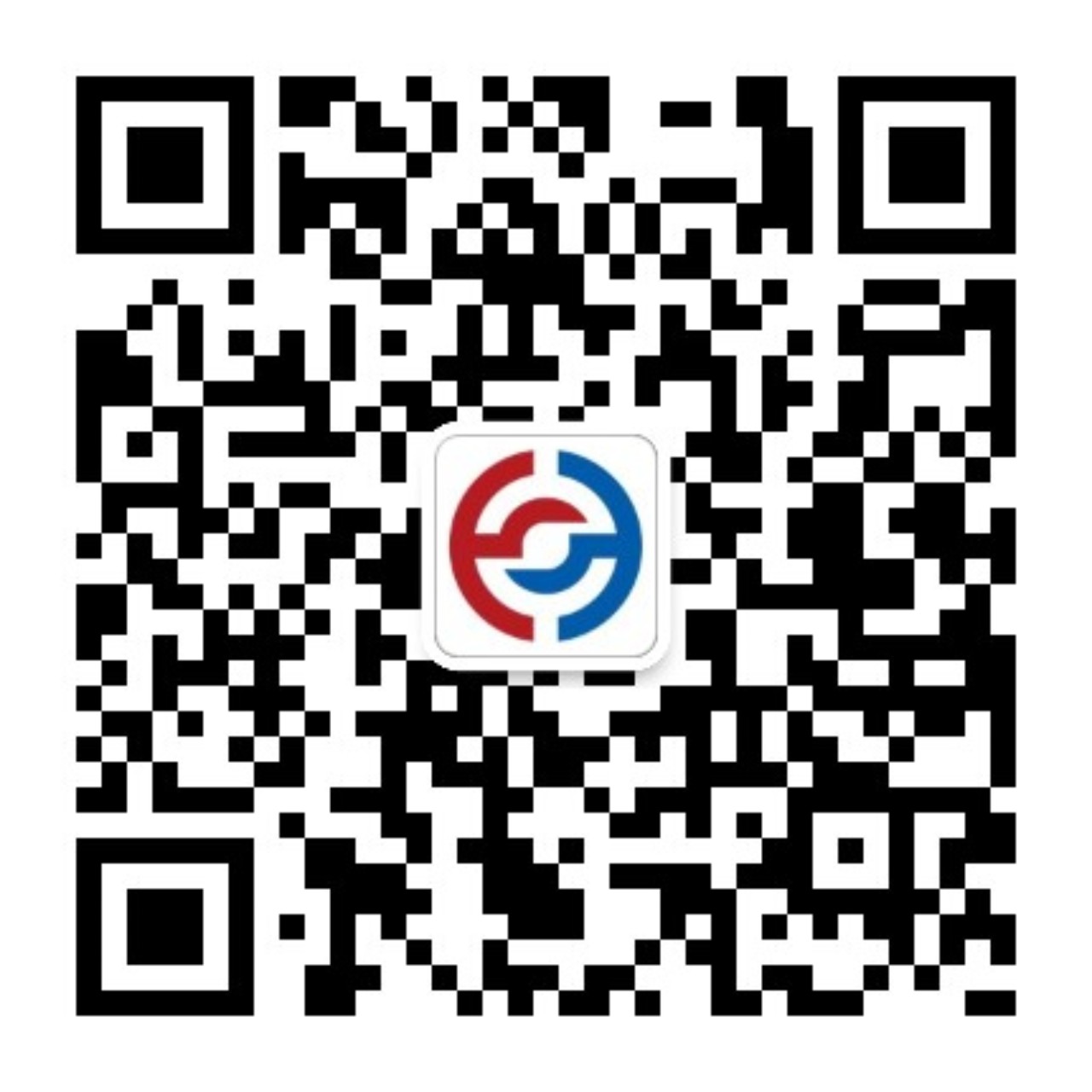蒙古的年通货膨胀率从上个月的9%上升到2025年10月的9.2%,为2月以来的最高水平。食品和非酒精饮料(9月份为11.9%对10.6%)、娱乐和文化(5.5%对5.3%)以及杂项商品和服务(8.9%对8.1%)的价格上涨速度更快。此外,酒精饮料和烟草(5.3%)、家具、家用设备和工具(7%)、运输(4.1%)、保险和金融服务(15.3%)以及教育(12.8%)的价格增长保持稳定。另一方面,服装和鞋类(6.7%对7.9%)、健康(5.9%对6.5%)、住房和公用事业(19.3%对19.4%)、通信(1.4%对1.5%)以及餐馆和酒店(11.3%对11.4%)的成本有所缓和。按月计算,10月份消费者价格指数从前一个月的0.2%上涨0.6%。
The annual inflation rate in Mongolia rose to 9.2% in October 2025 from 9% in the previous month, marking the highest reading since February. Prices increased at a faster pace for food and non-alcoholic beverages (11.9% vs 10.6% in September), recreation and culture (5.5% vs 5.3%), and miscellaneous goods and services (8.9% vs 8.1%). Additionally, price growth was steady for alcoholic beverages and tobacco (5.3%), furnishings, household equipment and tools (7%), transport (4.1%), insurance and financial services (15.3%), and education (12.8%). On the other hand, costs moderated for clothing and footwear (6.7% vs 7.9%), health (5.9% vs 6.5%), housing and utilities (19.3% vs 19.4%), communication (1.4% vs 1.5%), and restaurants and hotels (11.3% vs 11.4%). On a monthly basis, consumer prices rose 0.6% in October from 0.2% in the previous month.













